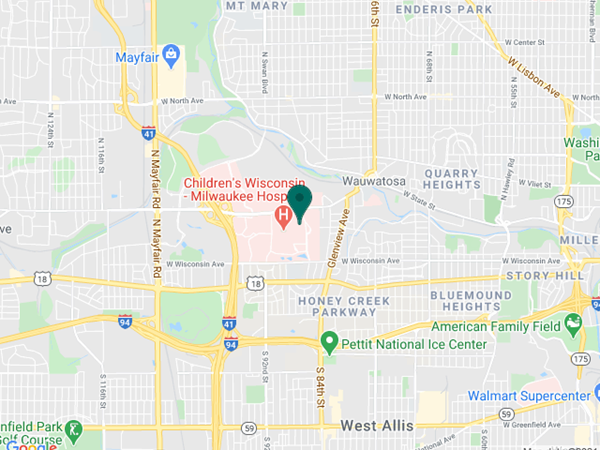Medical College of Wisconsin Liu Laboratory
Welcome to The Liu Lab of Heart Regeneration & OMICS

Research Questions and Approach

Why heart regeneration

Why OMICS

Research Models

Biological Processes of Interest
Contact Us
8701 Watertown Plank Rd. - B5230
Milwaukee, WI 53226


